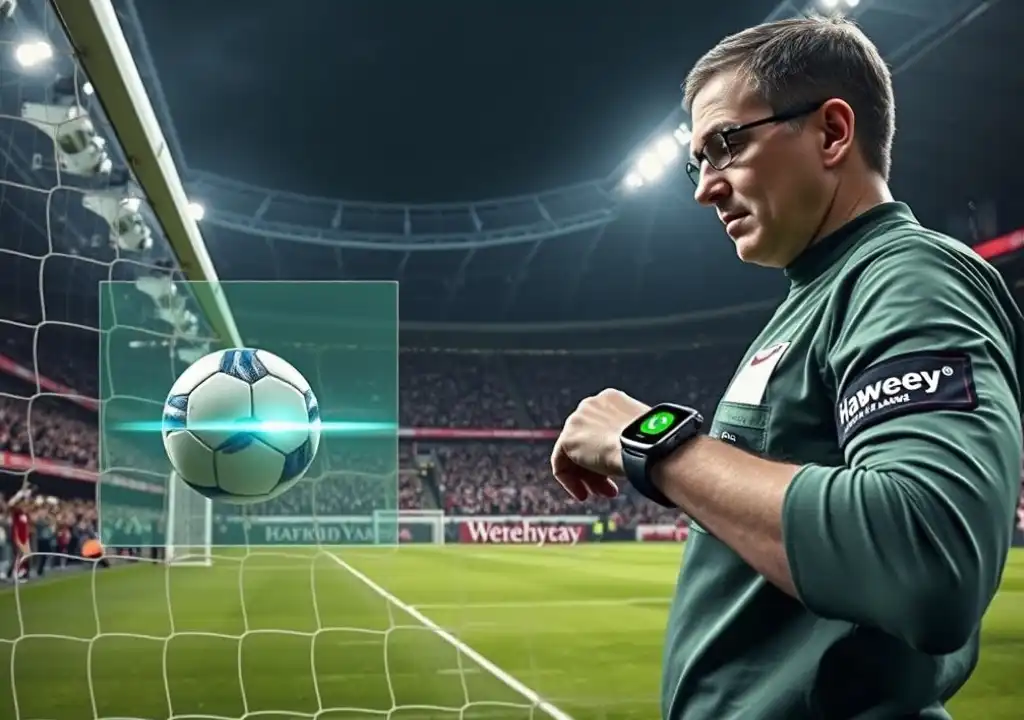Referees to Gain High-Tech Support with Hawk-Eye System
The Premier League has taken a significant step forward in modernizing football by becoming the first major domestic league to officially approve the use of goal-line technology. On Thursday, the league confirmed a contract with British tech firm Hawk-Eye, marking a groundbreaking move for the sport.
Hawk-Eye, a camera-based tracking system already widely used in tennis and cricket, will be installed at all 20 Premier League stadiums, as well as Wembley Stadium. The system is set to make its debut during the FA Community Shield in August.
Each goal will be equipped with seven high-speed cameras. When the ball crosses the line, the system instantly sends a signal to the referee’s watch, giving them the final call on whether a goal should be awarded.
Owned by Sony, Hawk-Eye was a strong contender for the deal, particularly after the Premier League supported the development of the technology back in 2007.
The concept of goal-line technology has long stirred debate in the football world. Support for it grew significantly after Frank Lampard’s disallowed goal against Germany during the 2010 FIFA World Cup—an incident that prompted then-FIFA President Sepp Blatter to change his opposition to the technology.
At the Soccerex conference in Manchester, longtime advocate and former Arsenal and FA Vice Chairman David Dein expressed his enthusiasm. “The Premier League will be the first in Europe to implement this. I’ve been pushing for it for six or seven years, and now it’s a reality,” Dein said. “The referees need support—cameras will always outperform the human eye—and every Premier League referee is in favor.”
Spain’s La Liga appears to be next in line, with league head Francisco Roca Perez indicating their intent to introduce goal-line technology in the coming years. “We’re strong supporters of tech in football. While we may not act as quickly as the Premier League, we are seriously considering its adoption,” said Perez. “In two or three years, we expect to implement a similar system, whether purchased or developed in-house.”

